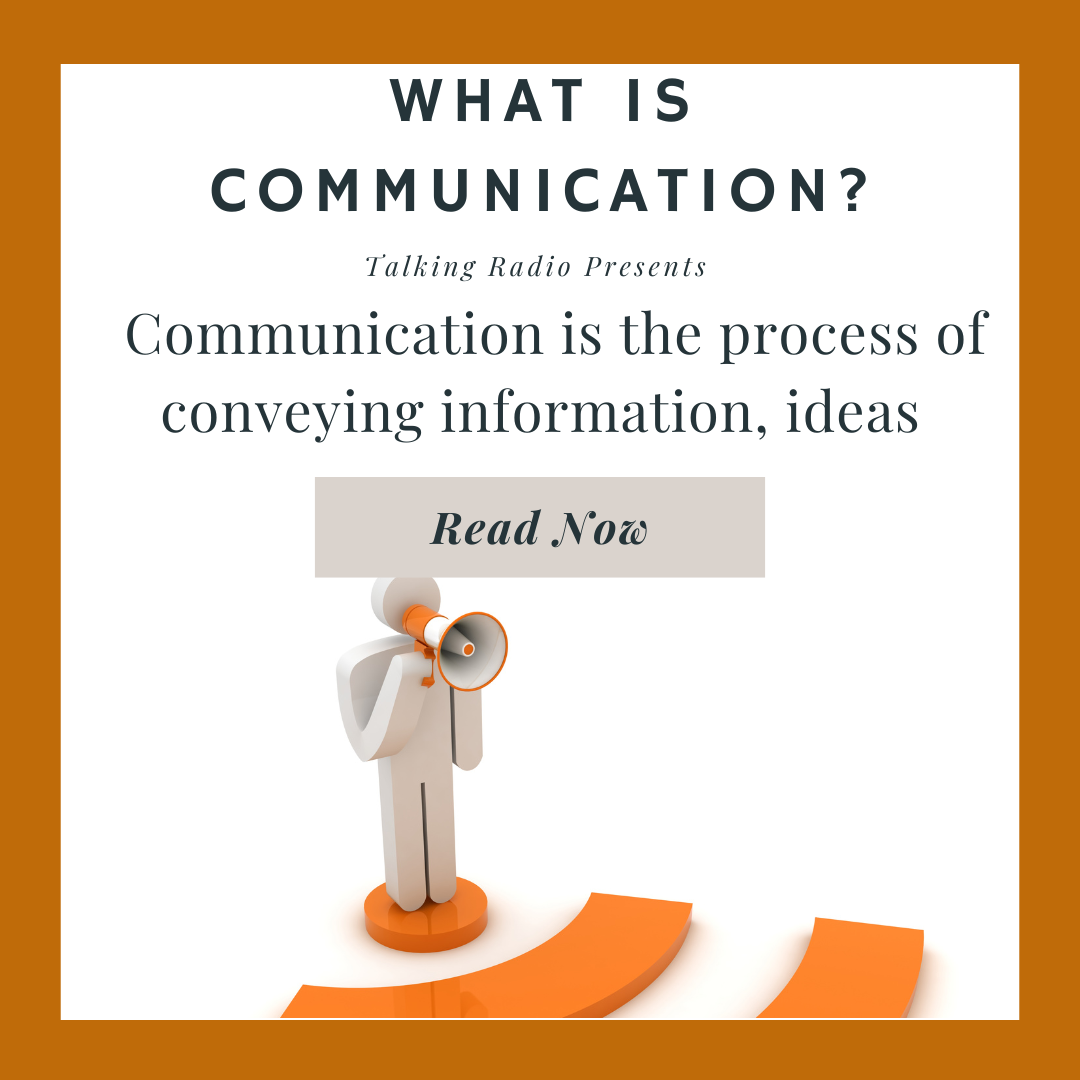
What is Communication?
Dylan KemloCommunication is the process of conveying information, ideas, or feelings through various means, including spoken or written words, body language, two-way radio and other nonverbal cues. It involves both sending and receiving messages, and the goal is to create shared understanding between individuals. Effective communication is crucial for building relationships, sharing information, and expressing oneself.
Key Elements of Communication:
- Sender: The individual initiating the communication.
- Message: The information, idea, or feeling being conveyed.
- Channel: The medium through which the message is transmitted (e.g., spoken word, written text, email).
- Receiver: The individual receiving the message.
- Feedback: The receiver's response to the message, indicating understanding or lack thereof.
- Context: The situation or environment in which communication takes place, which can influence interpretation.
- Meaning: The interpretation of the message by the receiver.
Types of Communication:
- Verbal Communication: Using spoken or written words.
- Nonverbal Communication: Using body language, facial expressions, gestures, and tone of voice.
- Visual Communication: Using images, charts, graphs, and other visual aids.
- Electronic Communication: Using digital devices and platforms like email, text messages, and social media.
- Two-way radio Communication: Using a handheld, or fixed, radio to transmit and receive operational messages
Importance of Communication:
- Building Relationships: Effective communication fosters trust, understanding, and connection between individuals.
- Sharing Information: It allows for the exchange of knowledge, ideas, and experiences.
- Expressing Needs and Feelings: Communication enables individuals to articulate their needs, wants, and emotions.
- Influencing Others: Communication can be used to persuade, motivate, and inspire.
- Problem-Solving: Effective communication is essential for identifying and resolving conflicts and issues.
- Workplace Success: Strong communication skills are highly valued in professional settings, impacting productivity and teamwork.
Barriers to Communication:
- Lack of Clarity: Unclear or ambiguous messages can lead to misunderstanding.
- Noise: Physical or psychological distractions can interfere with message reception.
- Language Differences: Different languages or dialects can create barriers to communication.
- Cultural Differences: Cultural norms and expectations can influence communication styles.
- Emotional Barriers: Negative emotions or attitudes can hinder effective communication.
- Lack of Feedback: Not providing feedback or not seeking clarification can lead to misinterpretations.
- Poor Listening Skills: Not actively listening to the sender can result in missed information.
Effective Communication ensures clear understanding between people, which reduces errors, promotes safety and fosters a productive environment.